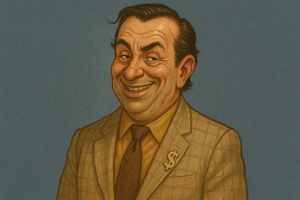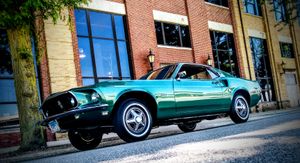Learn how the cunning racecar driver turned industrialist successfully navigated a war-torn, fractured Italy…
For the 1940 Mille Miglia, 42-year-old Enzo Ferrari finally achieved his dream, finally entering two cars fielded by Scuderia Ferrari. Previously, the man gained quite the reputation while working for Alfa Romeo, but he wanted to do things his way. Thanks to legal restrictions, his race cars couldn’t bear the Ferrari name quite yet. Still, the man was finally spreading his wings as a legend was emerging. Then World War II broke out, putting car races on ice and everything Ferrari had worked to build in jeopardy.
Enzo would face many more restrictions over the next five years, along with threats against his burgeoning business as well as his very life. The industrialist somehow strengthened his empire during that especially turbulent time, thriving in a fractured, vicious Italian political landscape. He did so by playing all sides in the civil conflict as only Ferrari could do.
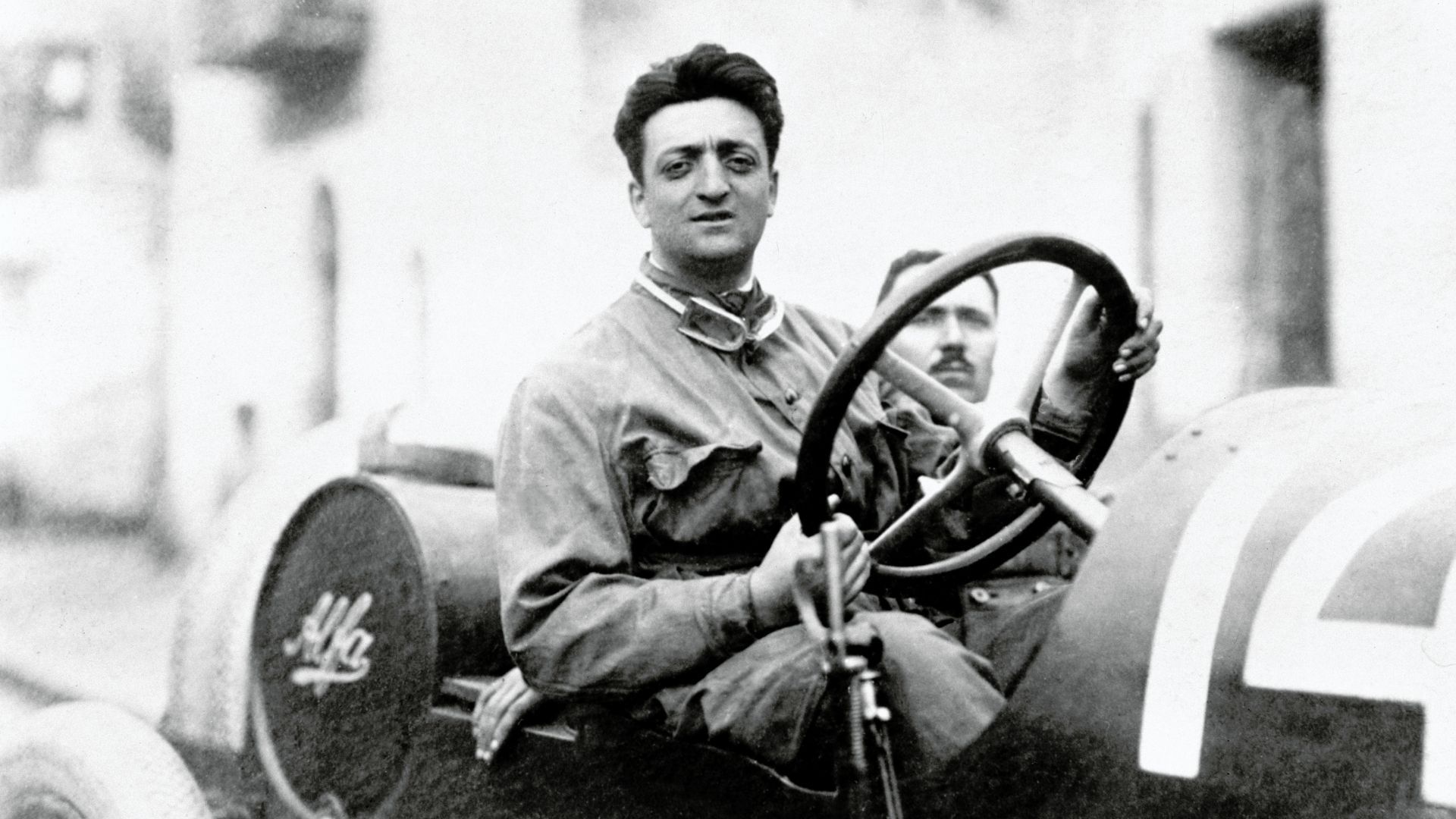
It might shock some to learn Enzo Ferrari was a well-known member of the National Fascist Party, seemingly aligning with Benito Mussolini and his totalitarian utopian vision. Ferrari even wore a full Fascist uniform for certain occasions, joining in parades and ceremonies for the whole community to see. The reality was Ferrari did these things to remain in the good graces of those in power, otherwise his business likely would have been seized and he might have been jailed, or worse.
Ferrari also became involved to an extent with the Socialists in northern Italy. In fact, the Socialist Federation’s head office apparently was housed in a building owned by the industrialist. The man was truly covering his bases in case the war and its aftermath broke one way or another.
Some might be disturbed to learn Ferrari used his Modena factory to manufacture devices for the Nazis as well as Mussolini and his fascist government. Back in 1942, Enzo was approached about copying German Jung machines, which were used for fabricating ball bearings among other things. The devices were in high demand, plus a legal loophole allowed him to copy the German design without repercussions, so Enzo made hand-over-fist money on the venture. His machines were so good, even the Germans started buying them. They likely weren’t about to admit any Italian could exceed their manufacturing prowess, especially given the Third Reich’s penchant for inflationary superiority.
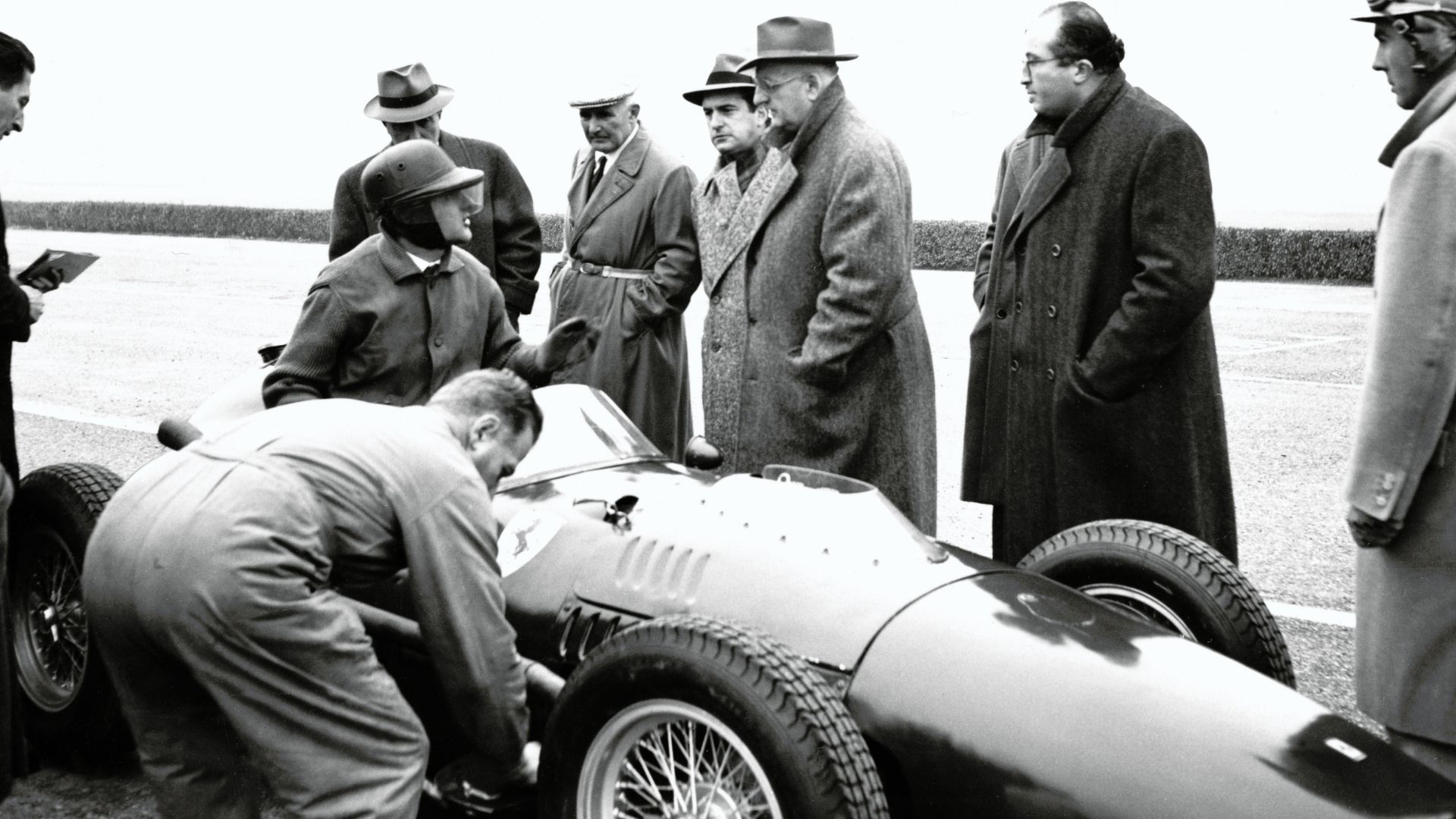
It's claimed by some Ferrari would sell the Jung machines to the Germans, but the devices would all be lost in a convoy raid by anti-fascist Partisan fighters. The legends say the same machines were brought back to the Ferrari factory, the serial number plates replaced with new ones, only to be sold to the Germans again.
The factory in Maranello reportedly was used at night to repair and recommission rifles and other arms for Partisan fighters. Also manufactured under cover of darkness was the stella aguzza tre, or three-pointed star, a type of caltrop or area denial weapon. Deployed by Partisans against fascist Italian and German military units, they would throw the simple devices onto roads, puncturing truck tires and bringing convoys to a halt. Partisan fighters would pop out of their hiding places, shooting soldiers and anyone who emerged from the vehicles while throwing grenades to further disable the trucks. This form of guerilla warfare was lethally effective.
It wasn’t lost on the Italians that the stella aguzza tre looked much like the three-pointed star badges on Mercedes trucks used by the Nazis. That was pure coincidence since the design dates back to at least the ancient Roman Empire.
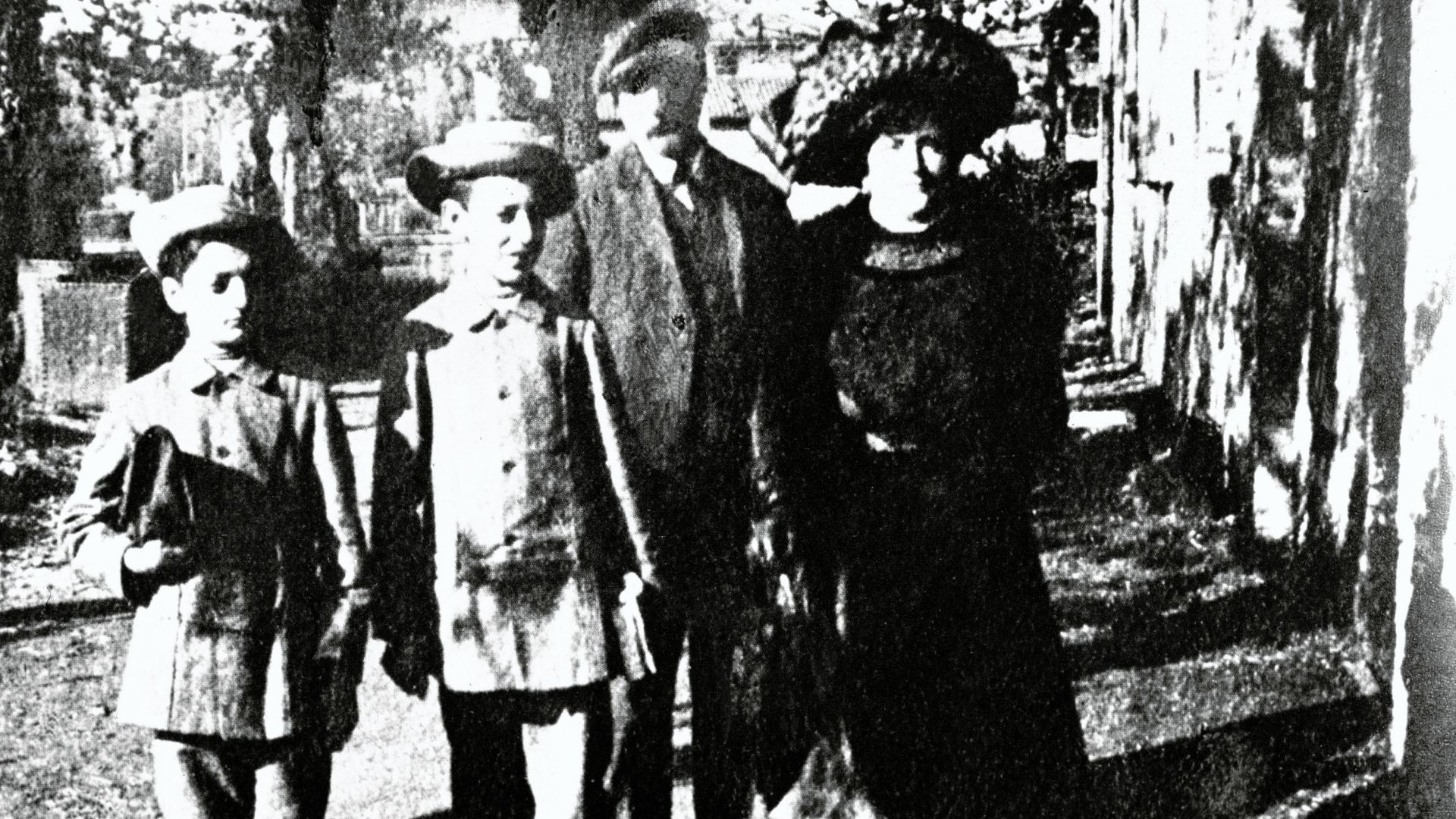
To keep the activity secret, workers would only occupy the internal workshops at the Maranello factory, avoiding light being seen through any of the windows from the street. Before daybreak, the workers would hide any rifles and other weapons still present, just in case the wrong person came by to inspect the facilities. This apparently went on for most of 1944 and 1945 when the war effort in northern Italy was most desperate.
Even though Enzo Ferrari tried placating all the political factions in his fractured homeland, there were still attempts to have him assassinated. In the fall of 1943, some fascists named him as deserving censure or execution. Since the killing of industrialists had become a regular occurrence, such a threat was very real. In fact, Managing Director of Alfa Romeo Ugo Gobatto was gunned down as he left for work one morning in 1945. Edoardo Weber, the man who revolutionized carburetor design, disappeared without a trace, his body never found.
Word had it a price was on Enzo’s head, thanks to some Partisan fighters who decided the industrialist was a problem. Some think the hit was organized by a group of criminals who posed as Partisans, which wasn’t uncommon at the time.
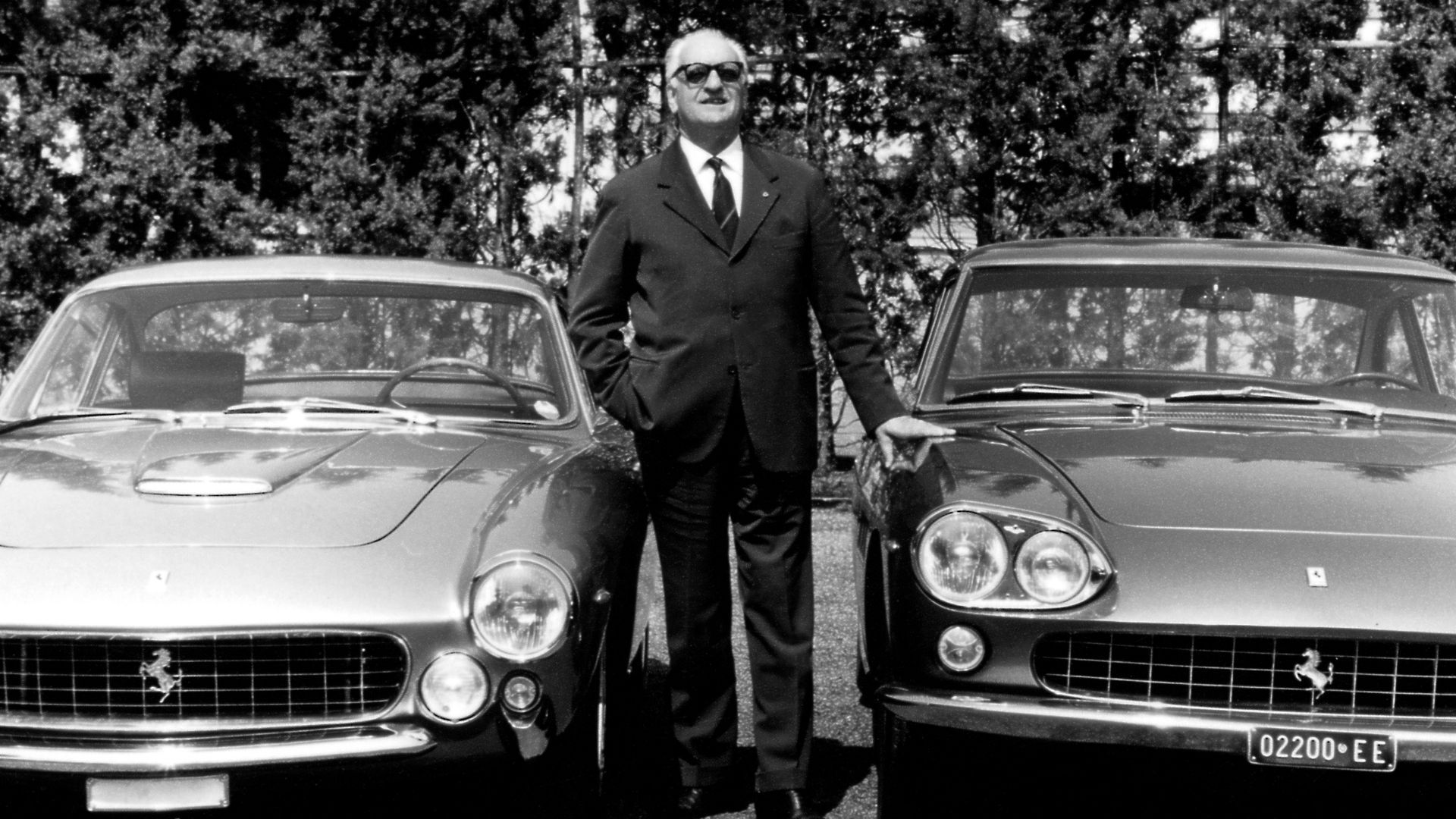
Always a businessman, Ferrari is rumored to have negotiated with the coordinator of his own assassination. Raising a large fortune in mere days, the man was able to escape harm and continue building his empire with the ultimate goal of returning to motorsports once the war came to a close.
At another point, Enzo Ferrari personally transported local fascist leader Dr. Manzotti to a safe house near Ferrara. He did so at great risk and at the behest of the Partisans after Manzotti publicly denounced the Nazi regime. The man who had piloted numerous race cars tried to remain inconspicuous while driving a borrowed 1938 Lancia Aprilia saloon with Farina bodywork through the nighttime Italian countryside, his political dissident passenger hiding under a blanket in the back. Late in the war, any number of groups would randomly set up roadblocks to control where people could travel. Ferrari didn’t want to run into any of those groups since the mixture of allegiances he seemingly followed likely meant he wouldn’t get away alive, or at least not remain a free man.
Why would Enzo embark on such a perilous journey? Some believe it was part of the agreement to settle the debt with whomever called off the hit on him earlier. Thankfully, he was able to make the journey to Ferrara and back without incident, even returning before curfew so he raised zero suspicions.
Everyone knows the racing successes Enzo Ferrari enjoyed after WWII. Few know how the man stayed alive at a time when many were killed simply for being too successful or not dedicating themselves enough to a specific political ideology in war-torn Italy.
Source: Enzo Ferrari’s Secret War by David Manton




